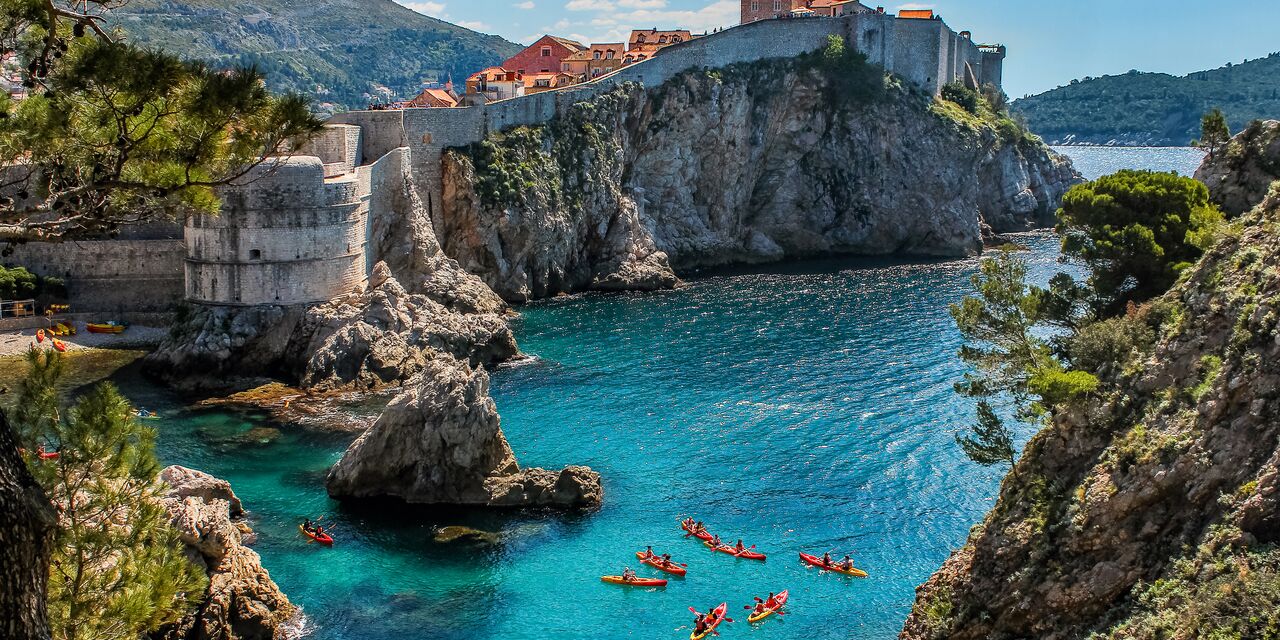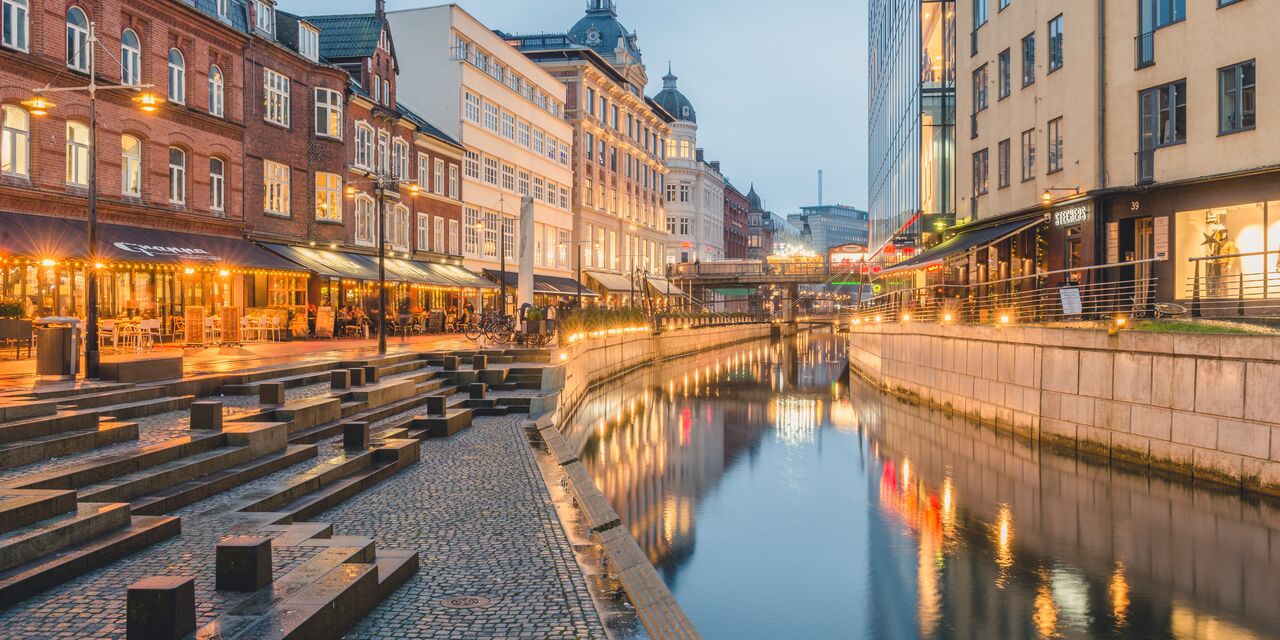
The Planetary Room
A chilly time capsule
The fact that Eggenberg Palace is a UNESCO World Heritage site is mostly a matter of serendipity. In 1717, the last prince of Eggenberg died of appendicitis at a young age and the wealthy family quickly lost its fortune. Over time, the palace fell into disrepair and only the ceiling paintings and the baroque stucco were preserved. The palace was practically abandoned throughout the 19th century and the focus was mostly on the gardens. For a full century, the state rooms on the first floor stood empty, unlit and unheated. The installation of electricity in the 20th century turned out to be an expensive endeavour. This was actually a stroke of luck and the palace’s saving grace. If the building had been heated, the paintings would have been lost because of the temperature difference between the warm ceiling and the cold attic above. Although the darkness and cold are not ideal for visitors, it creates the perfect climate to preserve the artwork. The state rooms are closed for visitation in winter.

The calls of the peacocks echo through the gardens
Romantic gardens
The park that surrounds the palace is almost like a tableau vivant, set to a soundtrack of screaming peacocks. In the 19th century, Count Johann Hieronymus von Herberstein and his wife Marie Henriette replaced the formal baroque landscaping with lush English gardens that were in fashion at the time. Throughout most of the 20th century the park had fallen into disuse, but since the 1990s the gardens are gradually being restored. The rose mound, the garden’s largest attraction, was re-inaugurated in 2008. Every year in June, thousands of rosebuds burst into bloom.













